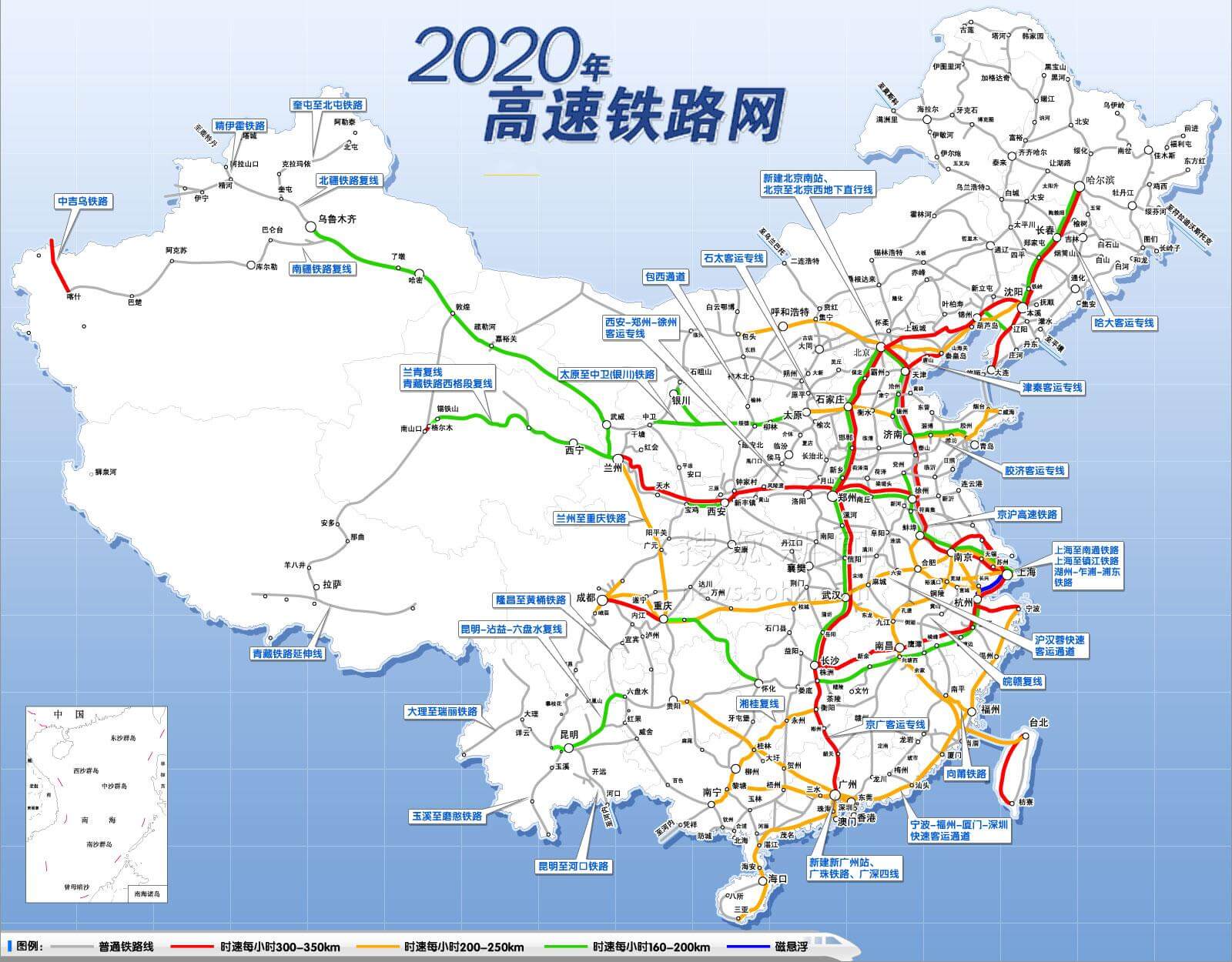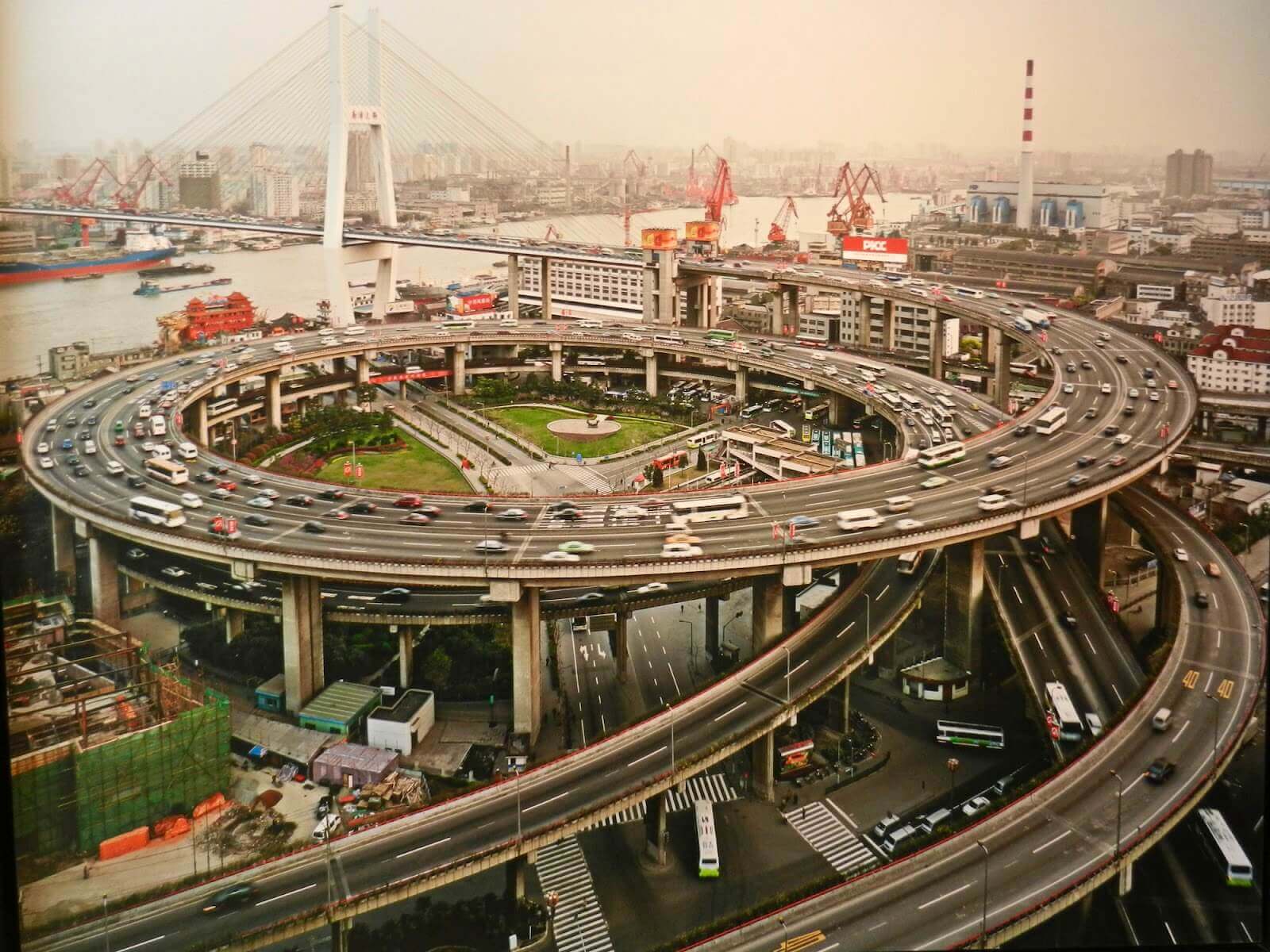Last updated October 10th, 2019.
Beijing realizes that a robust economy depends on having reliable transportation and telecom networks. Thus, China infrastructure will constantly improve in order for the nation to keep its edge.
From the late 1990s until now, over 100 million Chinese benefited directly from electricity and telecommunications upgrades. Investment in rural roads grew by a massive 51% annually, one of the world’s quickest paces, between 2001 and 2004.
More recently, China’s government is using large amounts of infrastructure spending to hedge against slower economic growth. This is amid falling exports, poor GDP numbers, along with a full-blown trade war against the United States.
China’s future plans are rather ambitious. They aim to raise the nation’s infrastructure quality to the level of a high-income country. Much of this goal would be accomplished through using efficient transport, such as high-speed rail, to connect distant regions.
Already, China built the longest high-speed rail network on the whole planet. They constructed a sprawling, nationwide grid of eight routes which total 31,000km (around 19,000 miles) worth of high-speed speed track.

A map of China’s high-speed rail network in 2020. Green lines denote trains that move between 160-200 kilometers per hour, yellow lines for 200-250 km/hour, and red lines for 300-350 km/hour.
Not only China, but the entire global economy will weaken later down the road though. China must complete infrastructure projects ahead of their scheduled time if they truly want to spur long-term growth.
“We Must Invest in Infrastructure Faster”
Economists predict China will report GDP growth below the 6% mark in the foreseeable future. This would be its lowest rate in four decades.
According to a top state adviser, there are currently just two methods that can stabilize China’s economy. First off, China infrastructure investment must happen at a faster pace. Second, the central bank should reduce financing costs for businesses.
Yu Bin at the State Council’s Development Research Centre mentioned the above two methods are the only feasible solutions. His rationale was that manufacturing and property investment in China are declining, both which are among the country’s main growth drivers.
He added that China especially must speed up its hydropower projects. The nation’s 53 million hectares of high-standard agricultural land need an upgrade as well.
Several authorities in Beijing are also acknowledging worries over China’s economy. President Xi Jinping even stated publicly that he’s concerned about the Chinese economy. Yet he did not elaborate or specify any further.
China Infrastructure Spending: Required for Growth
With top authorities in Beijing acknowledging the problem, a plan aimed at improving China’s economy began.
And their method of choice seems like it’s indeed a huge infrastructure spending increase.
The Chinese government is especially luring greater amounts of private financing through use of public-private partnerships (PPP). Without the state getting directly involved, organizing the needed parties, and using its stockpile of foreign reserves, then the public would bear the cost.
According to China’s Ministry of Finance, there are now more than 200 proposed PPP projects valued at 659 billion yuan in total. The ministry also started a fund worth 180 billion yuan back in 2015, with many of China’s largest firms joining Beijing to invest in PPP projects.
We noted further above that one Chinese state adviser urged the central bank to cut financing costs. This would make it easier to obtain credit while giving Chinese infrastructure spending a heavy boost.
But China already did that. They cut benchmark interest rates five times within a short period, and lowered the reserve requirement ratio for lenders. Some economists analysts believe the central bank must cut interest rates even more though.
According to Yu, China should also propose new measures to encourage companies to merge and restructure. He said bankruptcies will naturally occur to fix problems like mismanagement and lack of competitiveness among China’s state-owned corporations.
Will Chinese infrastructure lead to the nation’s much needed economic revival? Time will tell.
Until then, you might consider investing in countries such as Vietnam, Indonesia, and Thailand. China stands to lose against its Southeast Asian competitors amid a less competitive economy and rising political tensions throughout Greater China.
Skip the Next Western Recession
Learn the best places to invest - and where to avoid - by downloading our free Investment Cheat Sheet.







